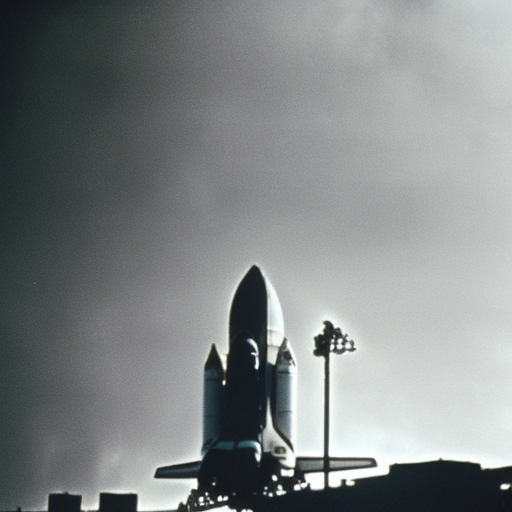Summary:
The Space Shuttle Columbia disaster occurred on February 1, 2003, when the Space Shuttle Columbia disintegrated during re-entry into Earth’s atmosphere, resulting in the death of all seven crew members. The disaster was caused by damage to the shuttle’s thermal protection system, which was compromised by a piece of foam insulation that had detached from the external fuel tank during launch.
Background:
The Space Shuttle Columbia was the first operational space shuttle in NASA’s fleet. It had completed 27 missions before the disaster. On January 16, 2003, the shuttle launched from Kennedy Space Center in Florida, beginning its 28th mission, STS-107. The crew consisted of Commander Rick D. Husband, Pilot William C. McCool, Payload Commander Michael P. Anderson, Mission Specialists Kalpana Chawla, David M. Brown, Laurel B. Clark, and Ilan Ramon, the first Israeli astronaut.
The Disaster:
During the launch, a piece of foam insulation, weighing about 1.67 pounds, broke off from the external fuel tank and struck the leading edge of the shuttle’s left wing. This impact caused critical damage to the thermal protection system, which was designed to protect the shuttle from the intense heat generated during re-entry.
As the shuttle re-entered the Earth’s atmosphere on February 1, 2003, the damaged wing allowed hot gases to penetrate the structure, leading to the disintegration of the orbiter. The breakup occurred over Texas and Louisiana, scattering debris across a large area.
Investigation and Findings:
Following the disaster, an investigation was launched to determine the cause of the accident. The Columbia Accident Investigation Board (CAIB) was formed, consisting of experts from NASA and other organizations. The CAIB concluded that the foam strike during launch was the primary cause of the accident. They found that NASA’s management culture had contributed to the failure, as they had become complacent about the potential risks associated with foam debris.
The investigation also revealed that NASA had missed several opportunities to assess the damage to the shuttle during the mission. Engineers on the ground had requested high-resolution imagery of the shuttle in orbit to evaluate the extent of the damage, but their requests were denied due to the belief that the damage was not critical.
Impact and Legacy:
The Space Shuttle Columbia disaster had a profound impact on NASA and the space shuttle program. It led to a suspension of all shuttle flights and a reassessment of the program’s safety measures. NASA implemented numerous changes, including improved inspection and repair techniques for the thermal protection system, as well as enhanced communication and decision-making processes.
The disaster also highlighted the risks associated with space exploration and the need for constant vigilance and attention to detail. It served as a reminder that even seemingly minor issues can have catastrophic consequences in the unforgiving environment of space.
The loss of the Columbia crew was a devastating blow to the space exploration community and the families of the astronauts. It underscored the dangers inherent in pushing the boundaries of human exploration and the sacrifices made by those who venture into the unknown.
In conclusion, the Space Shuttle Columbia disaster was a tragic event that resulted in the loss of seven brave astronauts. It was caused by damage to the shuttle’s thermal protection system, which was compromised by a foam strike during launch. The disaster prompted significant changes within NASA and the space shuttle program, emphasizing the importance of safety and meticulous attention to detail in space exploration.












